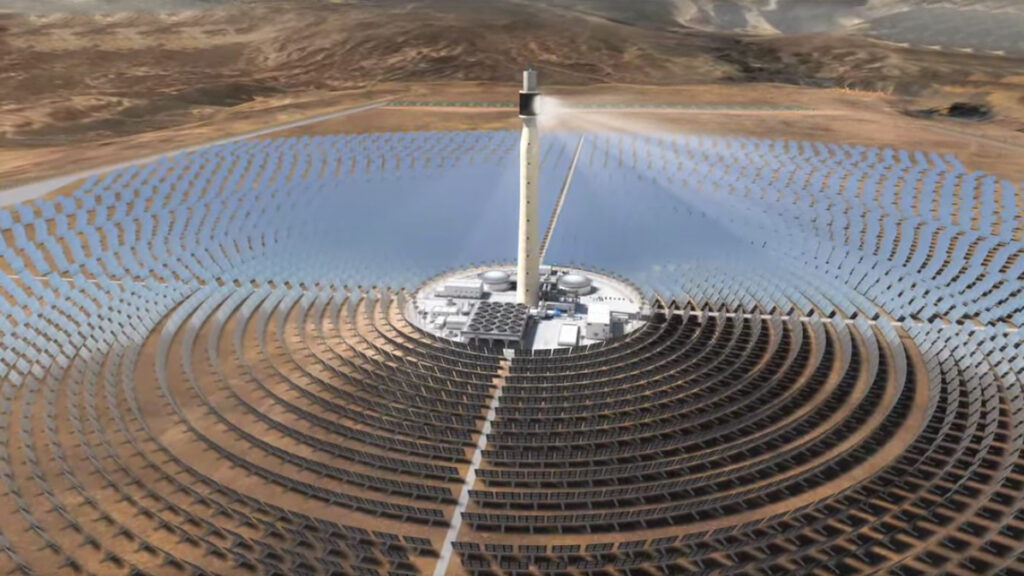The name ‘Blue Economy’ can be misleading.
It’s not about oceans.
But before explaining the concept, let me ask you this:
Why did not the Green Economy spread worldwide?
Despite the warnings of scientists for decades, change doesn’t seem to happen.
Even if the Green Economy is well-intentioned, it has two major problems.
The first it’s expensive. And we can’t change societies with a concept that only a few can afford.
The second it’s counterproductive. To be green in one place, we create pollution and exploitation somewhere else.
What makes the blue economy attractive is the new way it looks at the world.
What is the blue economy?
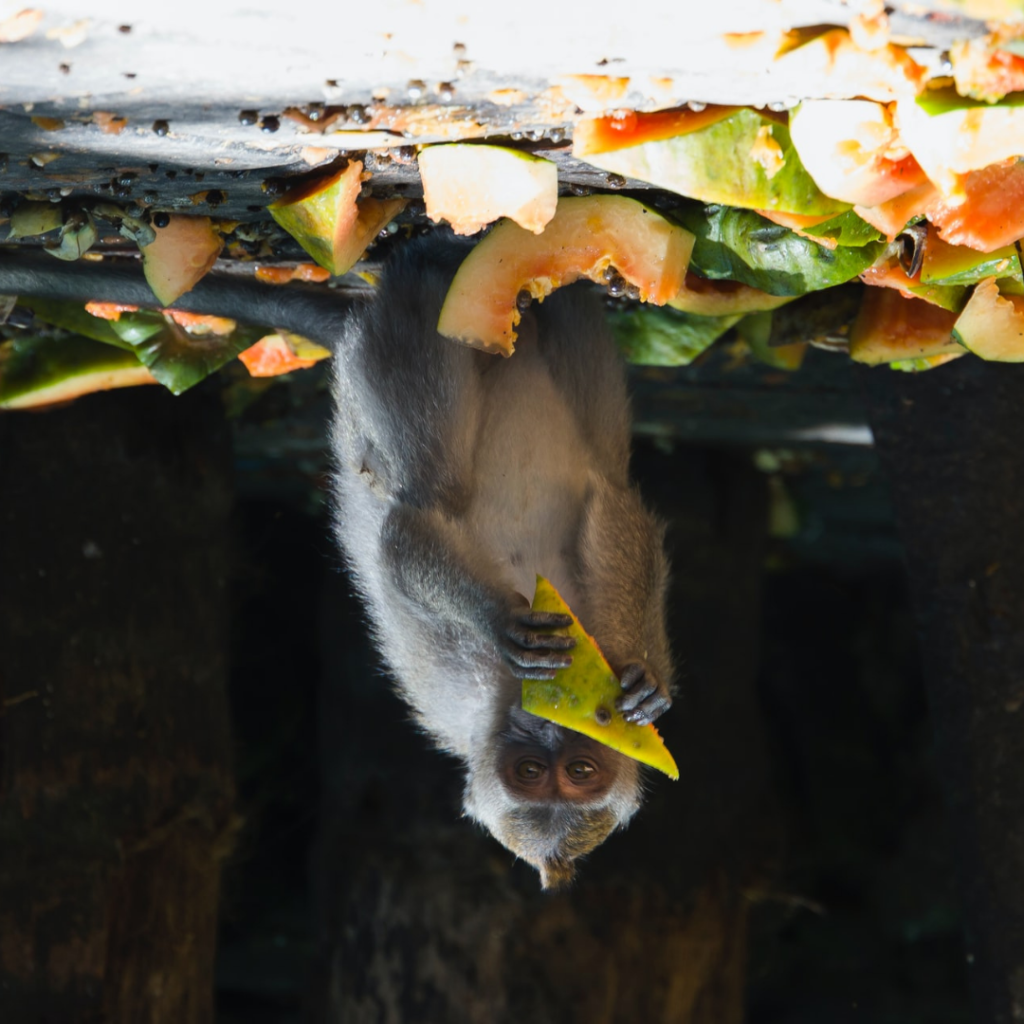
The Blue Economy is an open-source movement initiated by the Belgian entrepreneur Gunter Pauli.
In his book “The Blue Economy: 10 years – 100 innovations – 100 million jobs”, he introduced concrete case studies.
If Gunter had a mantra, it could be this quote of Rene Char:
“What comes into the world to disturb nothing deserves neither attention nor patience.”
We can sense this spirit in the innovative ideas of this movement.
Change the rules of the game
Like other schools of thought of the circular economy concept, nature inspires the blue economy.
In our world, no one wants the waste of others. In nature, waste doesn’t exist.
Gunter’s idea is to see waste as an opportunity to generate value.
His basic equation is waste + knowledge = wealth.
The starting point of the blue economy is using what we have.
So it’s not a one-size-fits-all kind of approach.
We look for what is available locally.
The second point is to change the rules of the game.
Competing to be the cheapest is not sustainable for most people around the world.
Generating value should be the goal.
And the last point is responding to basic needs.
Supported by more than a hundred cases, the blue economy proved we could generate revenue, create more jobs, and remain competitive on the global market.
ZERI: Zero Emissions Research and Initiatives
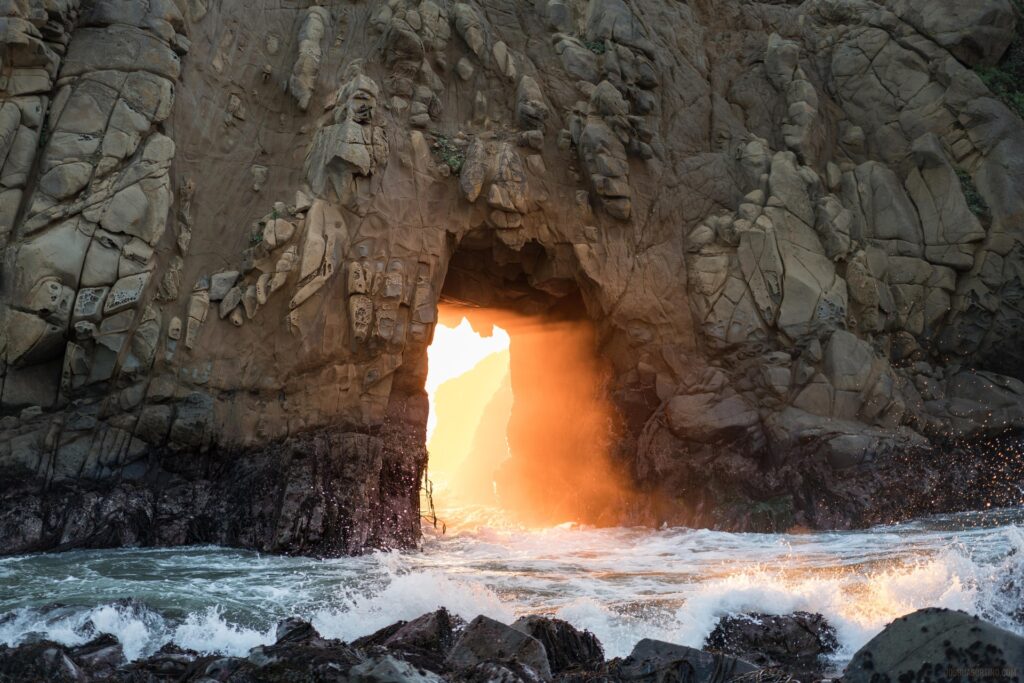
The blue economy is ZERI’s philosophy in action.
Gunter Pauli established ZERI in 1994 with the support of the Japanese government.
He was leading a team of scientists. The goal was to come up with a new business model that has zero-emission and zero waste.
That was before the Kyoto Protocol in 1997.
Today, ZERI is a decentralized organization with project offices around the world.
ZERI is based on the biomimicry of natural systems.
It seeks to understand how the 5 kingdoms of life –Algae, bacteria, plants, animals, and fungi– interact and operate with each other.
When designing a system, ZERI people keep in mind some nature-inspired principles.
For example, an element of one kingdom becomes something else in another one:
- Waste –> Food
- Toxins –> Nutrients
- Viruses–> Inoffensive
The benefit of thinking in systems is to have a cascading production.
In other words, at the end of the process, you’ll end up with multiple products or benefits instead of one.
What makes ZERI interesting is its holistic approach.
It doesn’t only look for innovative products but also innovative financing.
ZERI doesn’t want to rely exclusively on the help of governments, donations, or philanthropy. It seeks ways to finance its projects by generating value and bringing money to the local economy.
ZERI philosophy is setting the blue economy for a bright future.
The combination of nature inspiration, science, innovation, and entrepreneurship seem to work.
Concrete Case studies
There are more than 100 projects published on the Blue Economy website. I picked some of them to ignite your curiosity.
But it was hard to choose. I liked many of them.
Some are easy to replicate. Others require more investigation.
A winning combo: Mushrooms and coffee waste
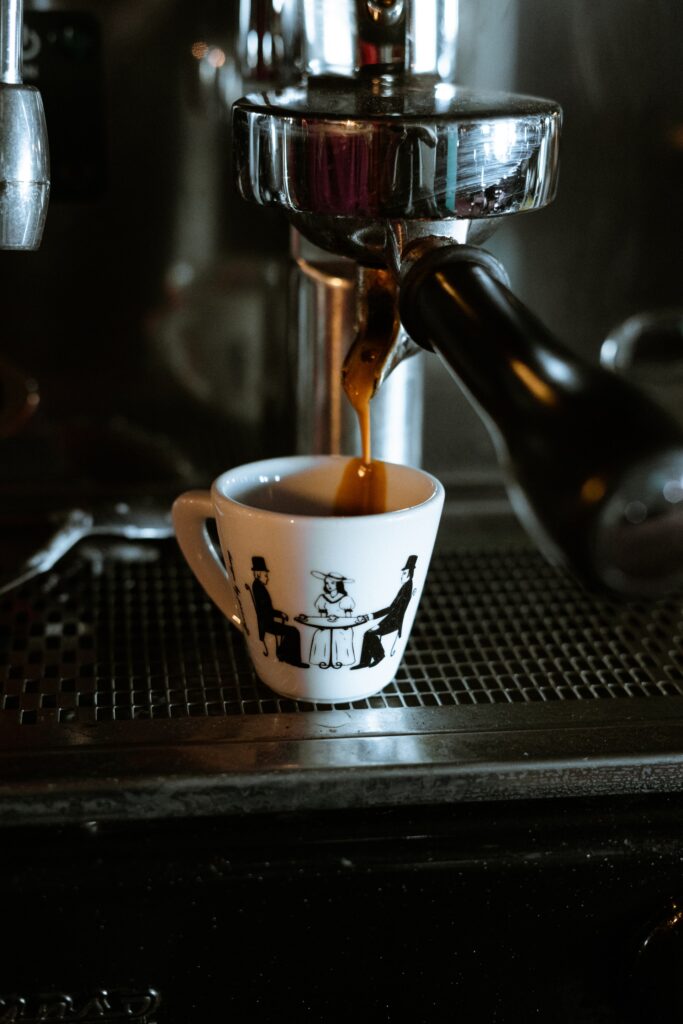
98% of the coffee production is wasted. Only 0.2% ends up in our cup of coffee.
Remember the motto of the blue economy: waste=opportunity.
By understanding the coffee chemistry, we use the waste to harvest mushrooms.
The used substrate becomes enriched with amino-acids and can be used to feed animals.
This is a low-cost way to generate food, jobs, and value.
Entrepreneurs successfully created mushroom farms in South America, Europe, and Africa.
Individuals replicated this model in cities like Paris or Berlin.
They started growing mushrooms in containers using coffee waste from cafes and restaurants!
This is how we feed cities, use waste, and generate value.
If you are interested in this project, you can contact The Future of Hope for more information.
From diapers to trees
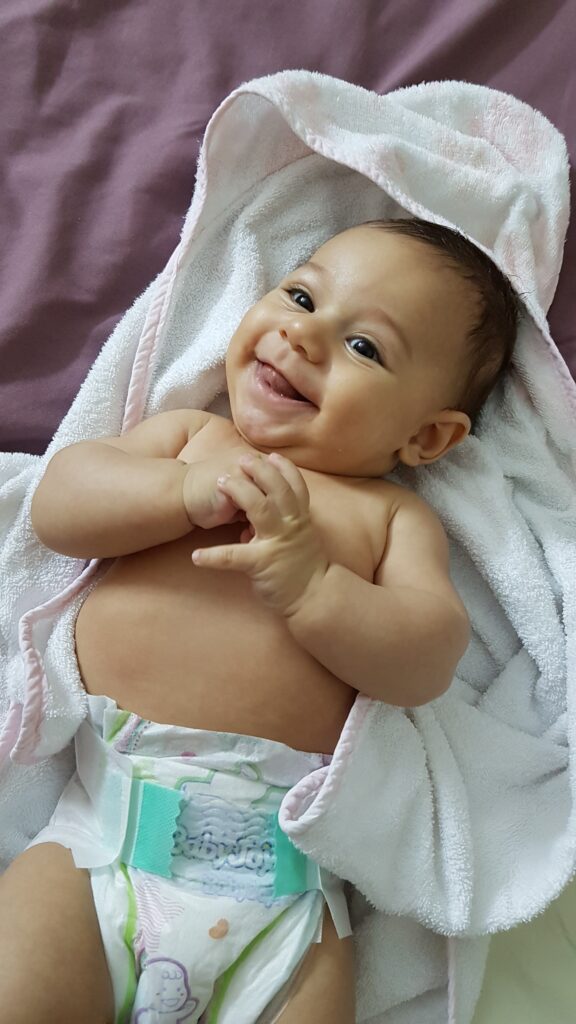
What a crazy idea!
Diapers for free. As many as you want.
It is a community-based model that requires working with local governments.
So how does it work?
Free diapers come with two conditions:
- Once a week, you drop the used diapers in your neighborhood location and pick the new ones.
- Each family commits to planting 1,000 fruit trees.
The pee and poo of breastfed babies are of excellent quality.
The diapers and their content are blended with charcoal and kitchen waste to create a rich soil– the black earth.
Each baby can produce a thousand kilograms of black earth. Every kilogram has enough nutrients for one fruit tree.
So by the end of the first year, the baby will be responsible for planting a thousand fruit trees.
Imagine if we convert the content of a thousand babies into black earth.
The city will have one million fruit trees added in one year. Plus, 50 000 tons of fruits.
This is how we create abundance.
The diaper project is not a fantasy. It has already been done by Dycle.
Saving the Mongolian herder
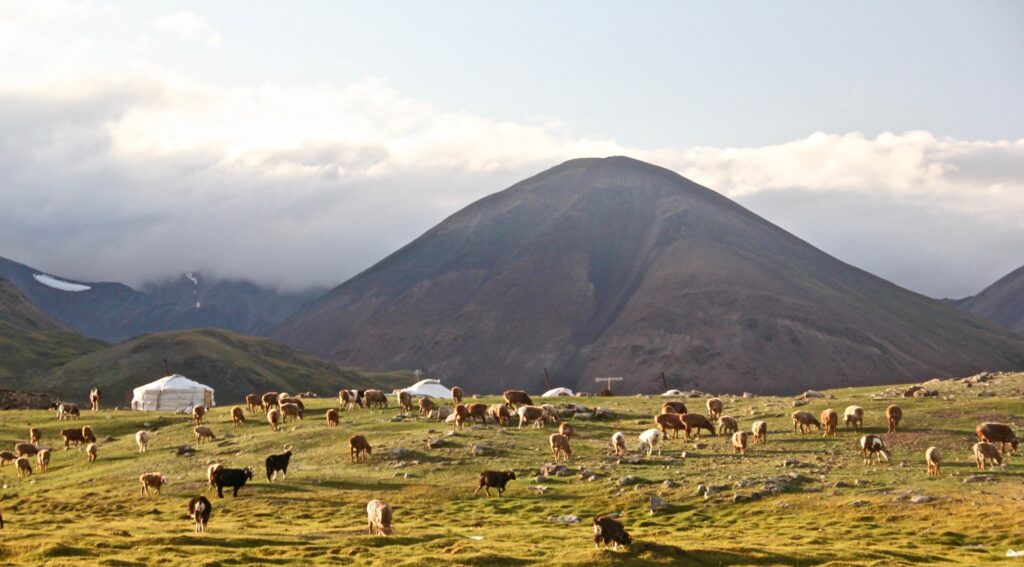
This is the latest project published on the blue economy website.
It resonated with me.
Often time, the people who do the hardest part get almost nothing.
This project is about the herders of Mongolia.
PayPal earns as much on the sale of a cashmere sweater for securing the payment as the herder does.
The herders have and cause many problems:
- Harsh conditions of work and low revenues.
- The pressure to produce cheaper. It leads to increasing the number of goats and accelerate the desertification around the desert of Gobi
- No one will want to do this job. A millennial tradition would disappear.
By challenging the rules of the game, we could preserve this expertise.
Here is the most needed shift.
We consider it normal to pay a designer a 10% commission of the market price. Why not herders?
From a piece that costs 1000$, they could earn a 100$ instead of 5$. It’s a huge difference.
The herders would focus on quality instead of quantity, reduce desertification, provide for their kids, and have a chance to perpetuate this job for generations.
The Foundation for a Blue Economy teamed up with designers and cashmere company production to make this project comes to life.
We can replicate this model elsewhere.
Around the world, many people get little reward for their hard work.
Final thoughts
When I took a look at the map of the blue economy, most Muslim countries have no projects.
I’m sure interesting projects are going on in the Muslim World.
For example, Morocco has launched one of the world’s largest solar energy project.
But wouldn’t be nice to also have more blue economy projects?
Money would flow to local economy.
Something that is wasted anyway can provide food , create jobs, and generate value.
I hope to see more Muslims engaging in the blue economy.
It’s an open-source movement. Everyone can have access to the case studies.
The opportunity is there for the one who can exploit it.
Article posted the 23 January 2021

